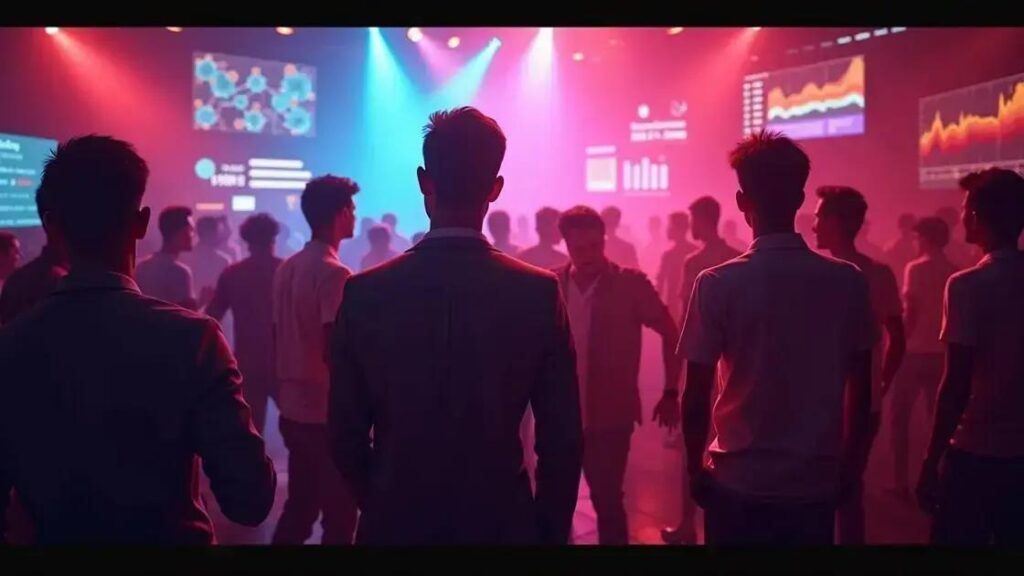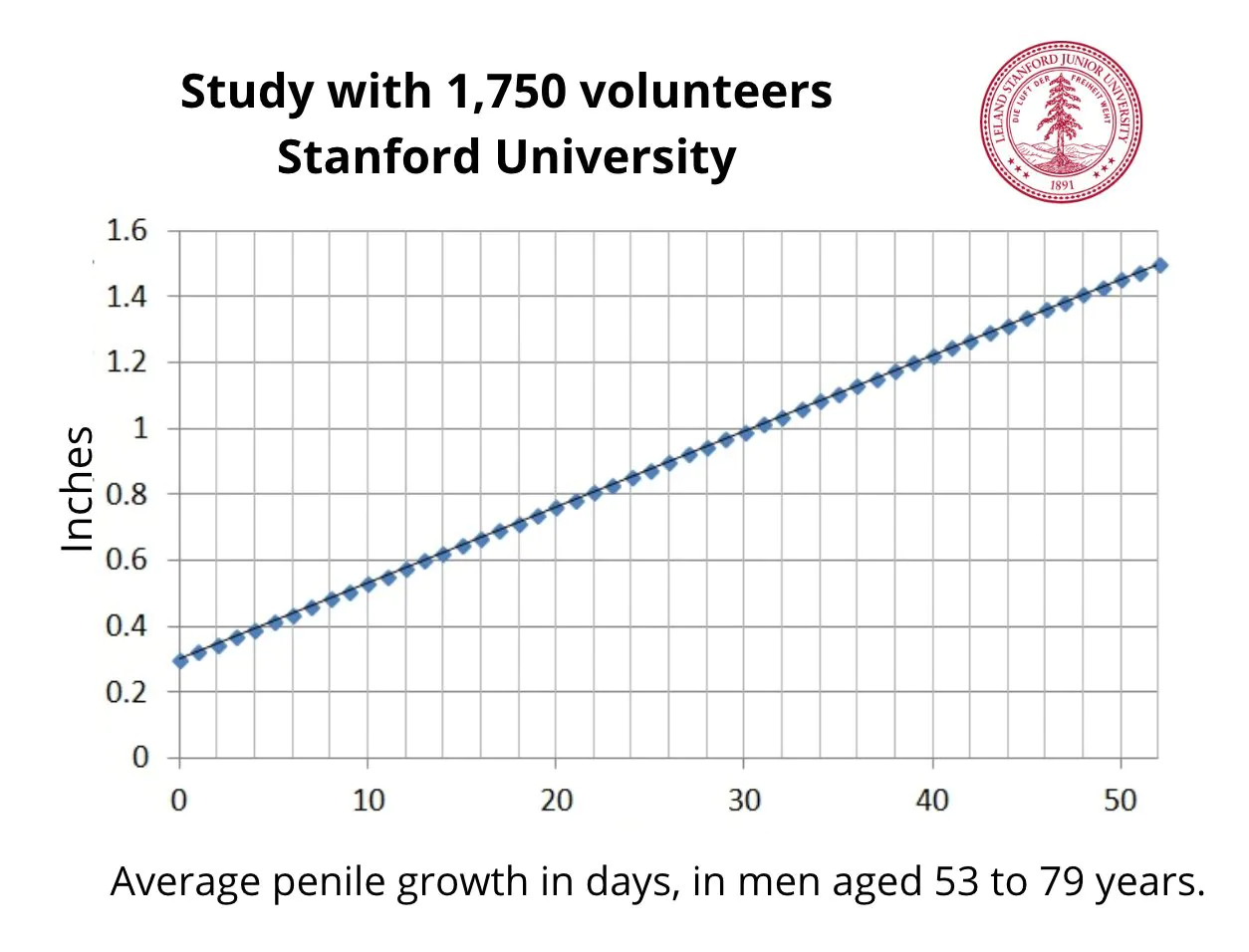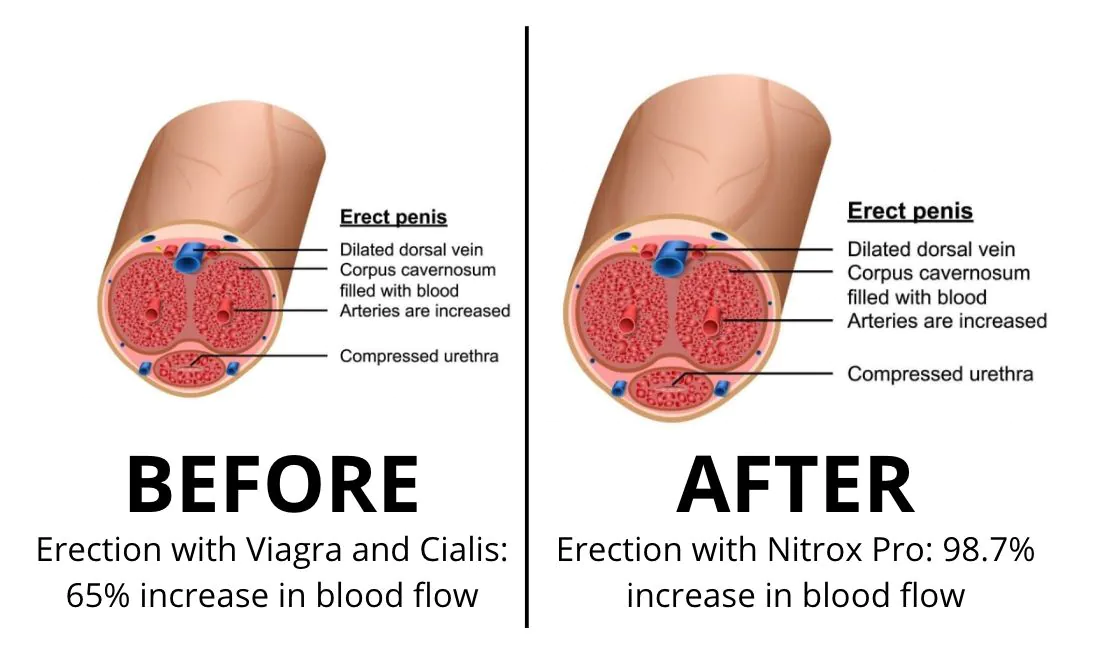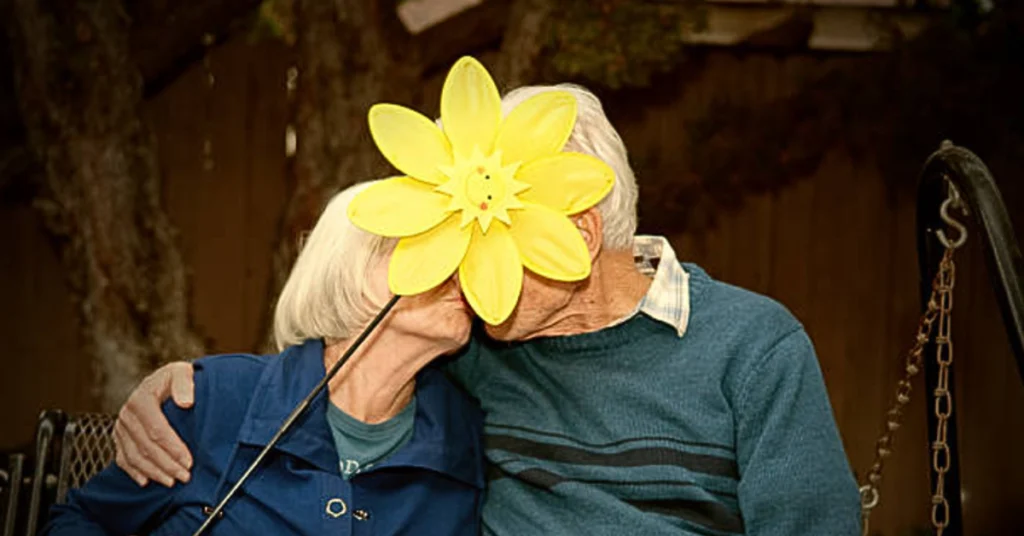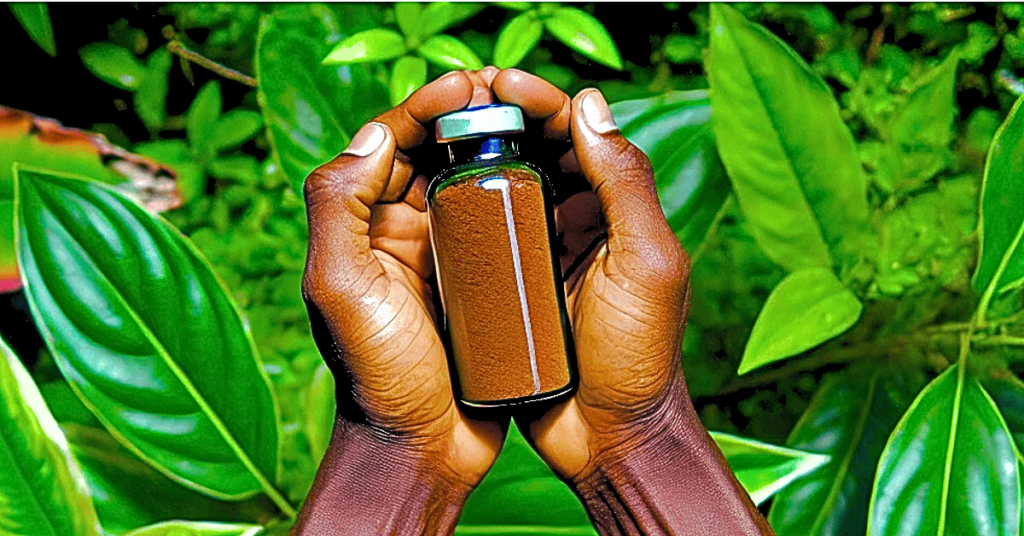The exploration of male nightclub experiences reveals that factors such as music, alcohol, and social dynamics significantly influence behavior. Research shows that men exhibit specific social interactions, often driven by competition and the desire for social status, which in turn shapes nightclub culture and safety.
Exploring nightlife can be an exciting adventure, especially when it comes to understanding male nightclub experiences. Are these experiences shaped by deep-seated behaviors and cultural studies? In this article, we will dive into whether there is scientific evidence for male nightclub encounters. We will cover the dynamics of male behavior, key research findings in this area, and discuss what it all means for modern nightlife culture.
Understanding Male Nightclub Dynamics
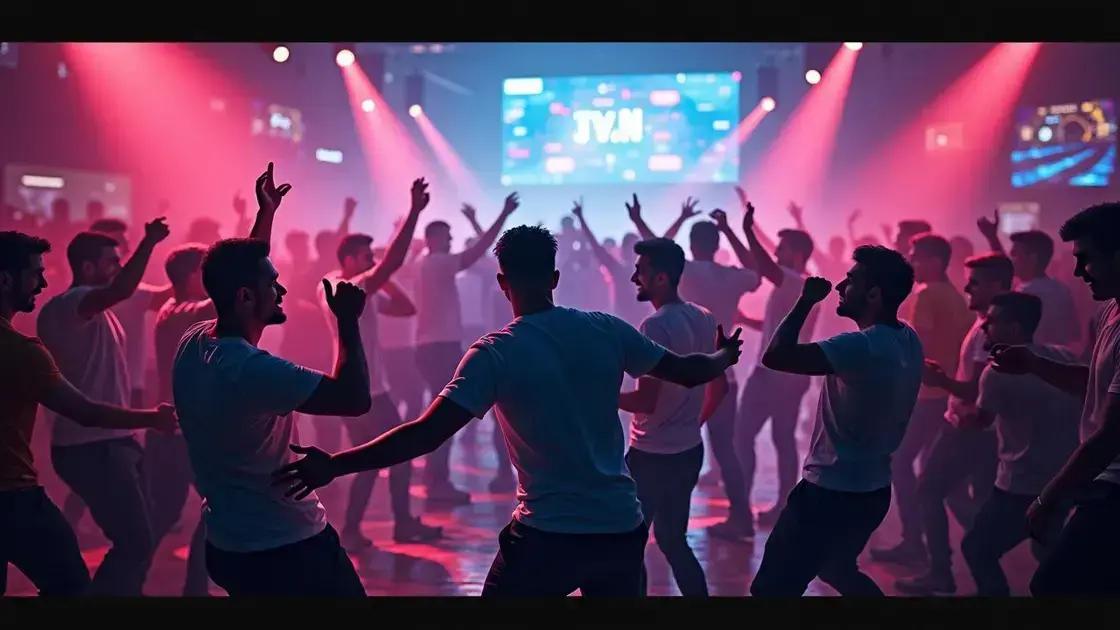
Male nightclub dynamics play a crucial role in understanding the social interactions and behaviors that occur within these vibrant environments. Nightclubs are not just places to dance; they are social arenas where men express their identities, establish connections, and navigate social hierarchies.
The Role of Music and Atmosphere
The atmosphere in a nightclub, especially the music and lighting, greatly affects male behavior. Upbeat music can elevate moods and foster a sense of camaraderie among men. When surrounded by pulsating beats and flashing lights, individuals often feel more inclined to let loose, facilitating interactions with new people.
Social Hierarchy and Competition
In many nightclubs, social dynamics mirror broader societal structures. Competition among men for attention and acceptance can lead to the display of confidence and social status. This competition often involves non-verbal cues, body language, and other subtle signals that communicate interest and desirability to potential partners.
The Impact of Alcohol on Behavior
Alcohol consumption is a prevalent aspect of the nightclub experience. While it can enhance social interaction, it also impacts behavior. Studies show that alcohol can lower inhibitions, encouraging men to engage in riskier behaviors or approach women they might otherwise not. Understanding these dynamics is essential for analyzing male nightclub experiences.
Moreover, the environment of a nightclub serves as a stage where men can showcase behaviors that may differ from their everyday lives. This performance aspect contributes to the feelings of freedom and enjoyment often associated with nightlife.
Research Findings on Male Behavior in Nightclubs

Research on male behavior in nightclubs reveals intriguing patterns and trends. One major finding is that men often use nightclubs to boost their social status. They may adopt certain behaviors or styles of dressing to gain attention and reinforce their image.
Social Interactions
Studies indicate that males engage in various social interactions when at nightclubs. Approachability is essential; many men use body language and eye contact to signal interest in others. Additionally, group dynamics play a vital role, as friends often influence individual behavior.
The Role of Alcohol
Alcohol consumption impacts male behavior significantly within nightclub settings. Research shows that drinking can lead to higher levels of aggression and risk-taking. Men under the influence may approach others more confidently, although this can sometimes lead to conflicts.
Interest in Partners
A study examining male nightclub behavior highlights that men often focus on finding potential partners while in these spaces. Strategies for attraction include dancing, buying drinks, and engaging in conversation. Understanding these strategies is key to knowing how men navigate nightlife.
Furthermore, scientific evidence suggests that males may shift their behavior based on the presence of competition. If other men are vying for attention, it can intensify the need for males to display assertiveness and dominance in their interactions.
Implications of Scientific Evidence for Club Culture
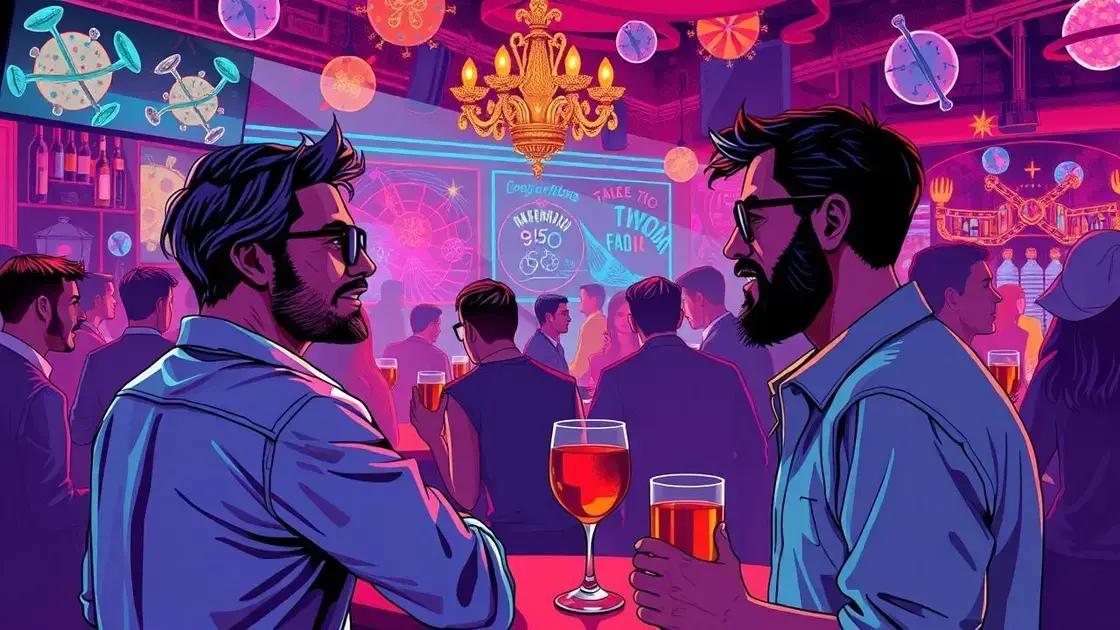
The implications of scientific evidence for club culture are significant in understanding how these environments evolve. Research highlights how male behavior in nightclubs can shape collective experiences. Through studies, it’s clear that men create their social norms in nightclubs based on shared behaviors and expectations.
Cultural Identity
A vibrant club atmosphere contributes to a sense of cultural identity among men. As they engage in similar activities and expressions, each individual contributes to a larger shared culture. This collective behavior affects how new members assimilate and what is deemed acceptable in these social spaces.
Behavioral Standards and Expectations
Scientific findings indicate that expectations around behavior in nightclubs often come from previous experiences. Pressure to conform can lead men to act in ways that align with the group’s behavior. This phenomenon helps to reinforce certain standards that may encourage both positive and negative actions.
Impacts on Relationships
The way men interact in nightclubs also influences relationships both inside and outside the club. Positive experiences can strengthen friendships, while negative interactions may lead to conflicts. Understanding these dynamics can shed light on how men build connections and navigate social challenges.
Beyond the individual level, the implications for club culture are vast, impacting the overall safety and enjoyment of nightlife. This evolving framework suggests that as scientific evidence about male behavior emerges, clubs may adapt their environments to enhance positive interactions.
Understanding Male Nightclub Experiences through Research
The exploration of male behavior in nightclubs sheds light on complex social dynamics that influence nightlife culture. Scientific findings indicate how music, alcohol, and social hierarchies shape interactions among men.
Research reveals that these environments play a crucial role in forming cultural identities and establishing behavioral standards. Recognizing these elements allows for a deeper understanding of how men navigate social interactions in clubs.
As these insights continue to evolve, nightlife venues may adapt their culture and practices to enhance positive experiences while addressing challenges. Appreciating the significance of scientific evidence in this context is essential for fostering safe and enjoyable spaces for all.
Thus, the ongoing study of nightclub dynamics not only enriches our knowledge but also contributes to creating vibrant and thoughtful club cultures.
FAQ – Frequently Asked Questions about Male Nightclub Experiences
What factors influence male behavior in nightclubs?
Factors such as music, alcohol consumption, and social dynamics significantly influence how men interact and behave in nightclub settings.
How does alcohol affect male social interactions in nightclubs?
Alcohol can lower inhibitions and increase confidence, often leading to more interactions, but it may also result in increased aggressiveness and conflict.
What is the role of competition among men in nightclubs?
Competition drives men to showcase confidence and assertiveness, impacting their social behaviors and interactions with potential partners.
How do scientific findings shape nightclub culture?
Scientific research on male behavior informs club owners about social dynamics, allowing them to create environments that foster positive interactions and enhance safety.
What implications do male behaviors have for nightclub safety?
Understanding male behaviors helps address issues such as aggression and conflict in nightclubs, fostering safer and more enjoyable environments for patrons.
How can clubs improve the male nightclub experience?
Clubs can improve experiences by curating environments that promote positive social interactions, such as appropriate music selection and responsible alcohol service.

